Long-time KFTC leader Daymon Morgan remembered
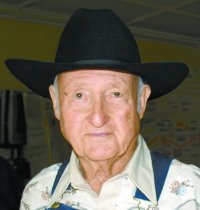
Daymon Morgan, one of KFTC’s longest and best-known members, has died. He was 88 and had experienced a brief illness.
Daymon joined KFTC shortly after moving back to Kentucky in 1986. As he described in the book Making History: The First Ten Years of KFTC:
"I went into the Army when I was 18 year old. When I came out of the Army I bought a mountain farm in Leslie County. I moved to Ohio and worked for the Chrysler Corporation until 1986. We moved back to the farm. I bought a portable sawmill, a horse and some Mountain Cur hunting dogs. I spent most of my time cutting timber, sawing lumber, hunting with my dogs, farming and working with KFTC."
Daymon also found that a coal company was claiming the mineral under his land.
"I had records checked at the time I bought the farm and was told there was nothing against it. However, a few years later Kentucky River Coal Corporation came up with a mineral deed dated 1904, written with a pencil and signed with two cross marks. This indicated the parties, now deceased, who sold the property I now own couldn’t read or write. I have documented information showing the man and his wife could read and write. As a matter of fact, the man was a schoolteacher and a merchant. Why would a schoolteacher sign his name with an X? That is all Kentucky River Coal has to show they own the mineral under my property."
 Daymon spent the rest of his life trying to defend his land from the mountaintop removal that was destroying much of the land and streams in all directions around his home and farm. He had to endure the complete destruction of the homestead and farm where he grew up in a nearby hollow after other family members sold the mineral rights.
Daymon spent the rest of his life trying to defend his land from the mountaintop removal that was destroying much of the land and streams in all directions around his home and farm. He had to endure the complete destruction of the homestead and farm where he grew up in a nearby hollow after other family members sold the mineral rights.
Daymon also loved the land, and depended on it for much of the food and medicinal plants that he knew and used regularly.
Through the years, Daymon and Betty, his wife, until her death in 2011, hosted thousands of visitors from Kentucky and the world who came to learn about living in harmony with the land and the threats to all of eastern Kentucky from mountaintop removal and valley fills. Daymon would lead the visitors on walks through the forest where he pointed out medicinal plants and the young American chestnut trees he was helping to re-establish in the mountains. The food that he shared mostly likely came from his garden.
“I only met him once [on a visit with other Kentucky writers] but his delight in the natural world was an inspiration to me,” said Charlie Hughes who included a personal statement by Daymon in the book Missing Mountains.
“On May 31, 2006, I had the pleasure of participating in a mountaintop removal tour and hearing Daymon’s presentation which describes a healthy forest,” recalled Mary Popham of Louisville. “’I love this mountain,’ he said, and told us about the natural curatives in the woods: goldenseal for infection, for purifying the blood, and benefits of Spicewood, calamus, pokeberries and yellow root. He spoke of the forest being the home of birds, deer, elk, and wild turkeys.”
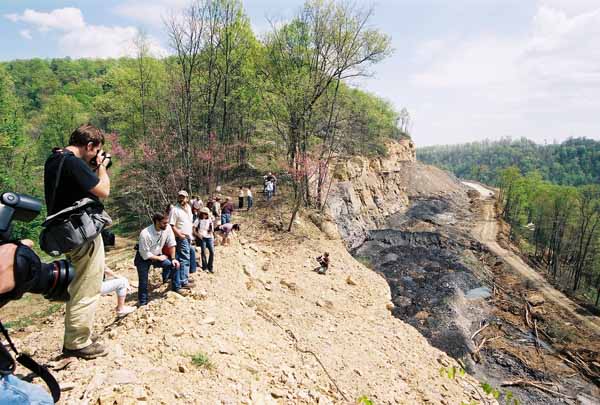 Visitors to the Morgans also got to see active mountaintop removal mining and the poor reclamation that surrounded his land. Blasting from those operations caused damage to the Morgan home, and on more than one occasion coal companies encroached on their property.
Visitors to the Morgans also got to see active mountaintop removal mining and the poor reclamation that surrounded his land. Blasting from those operations caused damage to the Morgan home, and on more than one occasion coal companies encroached on their property.
Dobree Adams and Jonathan Greene, her husband, were on separate tours to the Morgans in 2005 and 2006, respectively. “We both found Daymon and Betty to be incredible hosts. I took the picture of Daymon holding the soil he picked up near his chestnut trees. That picture was published in Plundering Appalachia,” said Dobree.
“In June of 2014 I came back to Leslie County with two photographers from Louisville: John Nation and Pam Spaulding. I was thrilled that Daymon remembered me. We sat on the porch with Sally and Ray and then Daymon took me in his ATV to see his garden. After that he and Ray took all three of us to the 'Top of the World' to see the extent of the mining.”
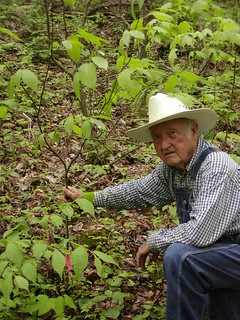 Another of Daymon’s significant roles in KFTC was helping to win passage of the broad form deed constitutional amendment in 1988. In Making History, Daymon remembered that campaign:
Another of Daymon’s significant roles in KFTC was helping to win passage of the broad form deed constitutional amendment in 1988. In Making History, Daymon remembered that campaign:
"The most outstanding thing we did was get the broad form deed constitutional amendment passed. We were told we could never win, that we were too small to come up against the big coal companies. Well, we could in no way match their big money, but we did win. When we took democracy out of the hands of the bureaucrats and put it in the hands of the common people throughout the state, we got justice."
Reflecting on that campaign in 2011, Daymon said: “During the broad form deed campaign we traveled all over the state. I figured we’d win but I didn't think by that big of vote. That was a happy time.”
“Daymon was a real hero in the fight. We will surely remember him!” said John Rosenberg, who also was instrumental in that campaign.
Daymon also served as KFTC chairperson for two years, 1990-91.
In 2010, Daymon received the Berea College Service Award, given to recognize people who have rendered outstanding service to society in achieving the ideals of the Christian ethic of service to others, asserting the kinship of all people, creating a democratic community dedicated to equality, and promoting a way of life characterized by plain living, pride in labor well done, zest for learning, high personal standards and concern for the welfare of others.
In 2010, a chapter in the book Saving Kentucky by Sally Van Winkle Campbell featured Daymon. He also was featured in Bob Edward's award-winning radio documentary Exploding Heritage.
“Daymon worked hard for KFTC and for all Kentuckians," said Dobree Adams, reflecting the feelings of many. "We feel so blessed that we knew him.”
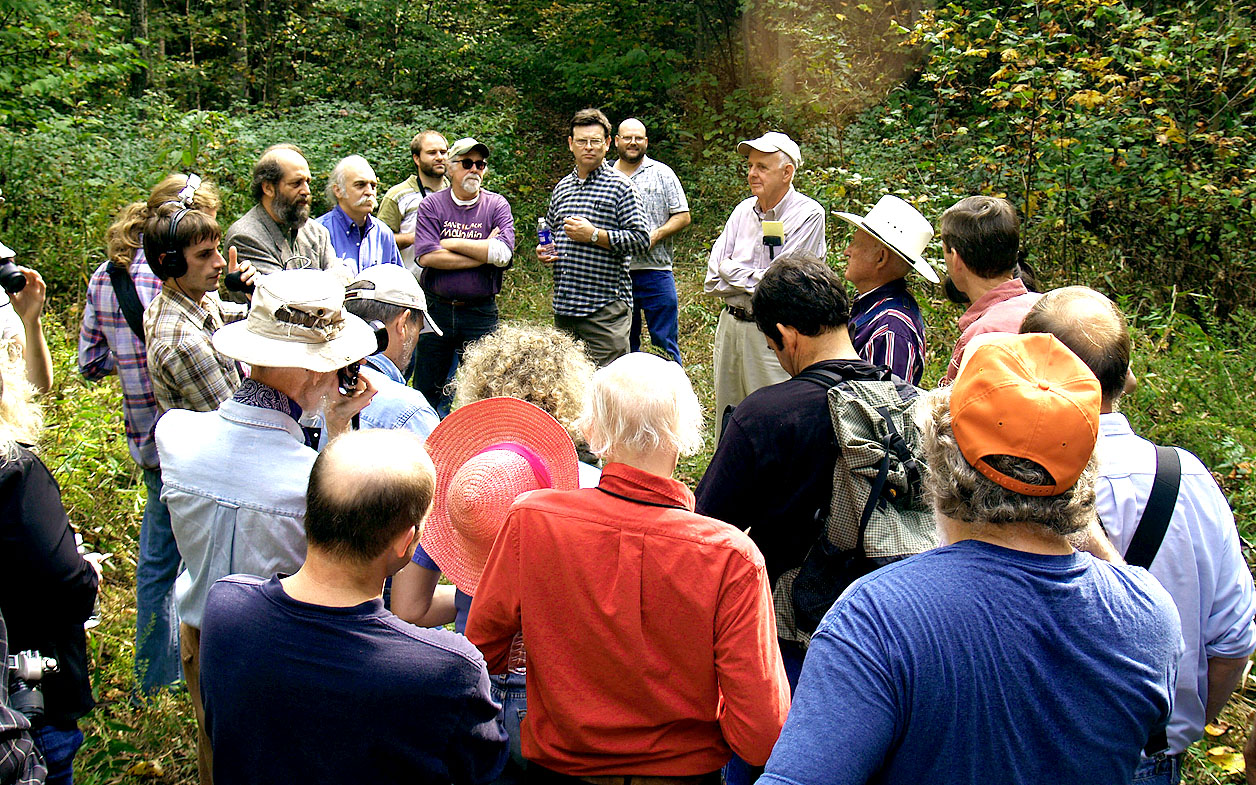
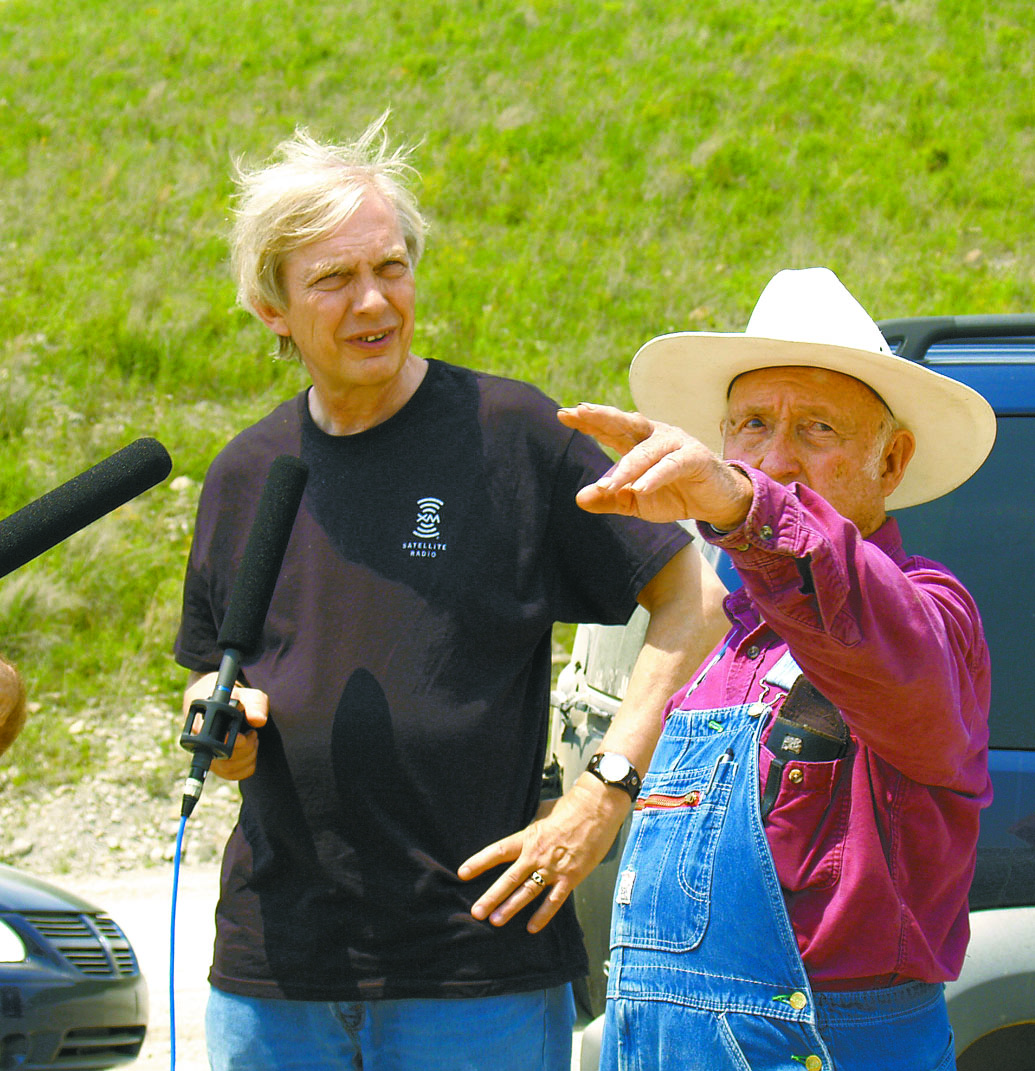
Recent News
Kentucky’s past legislative session showed alarming trend toward government secrecy
Churchill Downs takes more than it gives. That's why the Kentucky Derby is a no-go for me
‘We must never forget.’ Kentucky town installs markers for lynching victims.
Featured Posts
Protecting the Earth
TJC Rolling Out The Vote Tour – a KFTC Reflection Essay
KFTC Voter Empowerment Contractor Reflection Essay
Archives
- Home
- |
- Sitemap
- |
- Get Involved
- |
- Privacy Policy
- |
- Press
- |
- About
- |
- Bill Tracker
- |
- Contact
- |
- Links
- |
- RSS

